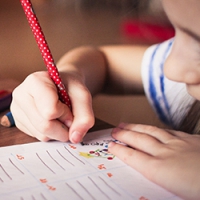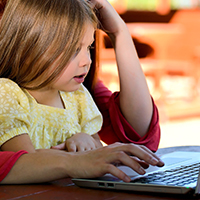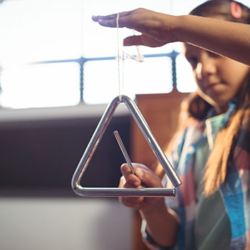My mouth watered typing that title. I’m suddenly hungry and can’t concentrate. Must… have… someone… else… type this lesson…
Last week we started the ball rolling on the concept of delayed gratification. Today, while Chad races off to the store, we’ll continue with our lesson on opportunity cost — with a twist. The kids get to develop their own choices in terms of what share of the delicacy each will receive, how that share is determined, and especially – how that choice affects others. These steps for teaching the life lesson of opportunity cost is perfect for kids from elementary school age to middle-school and teens.

Opportunity Cost and The Effects of Our Choices
Step 1:
Get one of those monster cinnamon rolls from the mall, you know the ones, the ones with that superb icing that are huge, warm, and delicious. If you can’t find one, get a suitable alternative that gets the kids excited.
Step 2:
Have the kids determine all the different options for distribution; in other words, who gets how much of the sweet treat. You may have to give them one or two examples to get them going, but be sure to give them plenty of room to be creative. Have them write their examples on a whiteboard or chalkboard.
Some examples of how the kids could decide on their share:
- A lottery: Draw straws of different lengths corresponding to size of piece they get
- Merit: Grades, chores completed, etc.
- Auction: Let them bid for their portion size
- Contest: e.g. a spelling bee or obstacle course
- Equal shares for all: This isn’t likely… too easy!

Step 3:
Once they have a good list, have them each talk about the “wisest” option for them individually. For example, say one of them needs improvement on their grades, but is the fastest runner and therefore might benefit from a contest involving speed.
Then have them say which option do they think is the most fair? The most fun?
Step 4:
By now, the kids are ready to chow down. As a group, figure out which distribution option to go with and name the opportunity cost.
 For Parents: Demonstrating how choices affect others
For Parents: Demonstrating how choices affect others
What we are doing with this life lesson is introducing relationships to our choices. We want the kids involved to see – and feel personally — how their choices impact others. It’s simple, but it can be a powerful model.
Bonus: Building Savings Momentum with your kids
Show the kids the website iSow (note: we have no formal connection with this site; we just like it)
Kids can set a goal and not only can they save for it, others – like grandma and grandpa — can give them money towards the goal. When the kids can see their money and that of others adding up, it creates a positive emotional response to saving! This is a great tool for an annual goal like Christmas or a birthday. You can even order a pizza to celebrate the setting (and attaining) of goals!
Read Previous Kids & Money Life Lessons for Kids
November 2018




